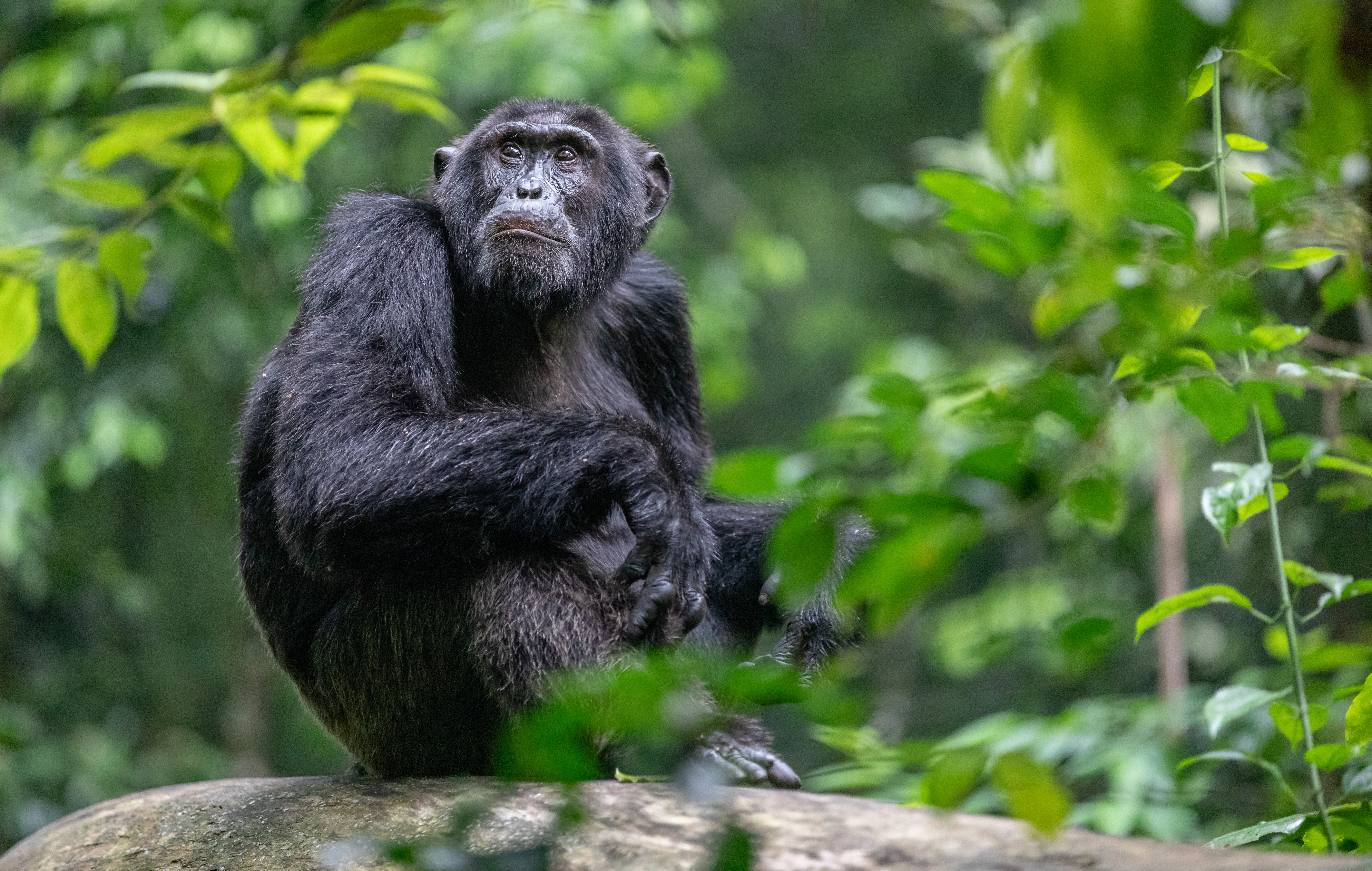Canon EOS 6D Mark II vs EOS 7D Mark II: Specs compared
Believe it or not, Canon's older EOS 7D Mark II has a number of advantages over its newer brother
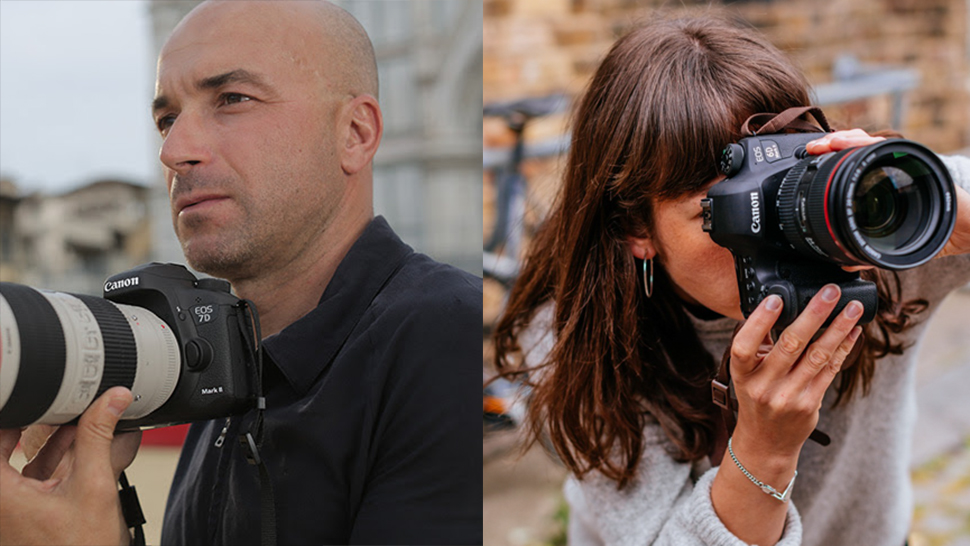
Canon recently updated its most affordable full-frame DSLR camera in the shape of the EOS 6D Mark II.
Full-frame is widely seen as the holy grail of DSLRs, but just how much are you getting when compared to Canon’s three-year-old flagship APS-C format DSLR camera, the EOS 7D Mark II?
• See also: Canon EOS 5D Mark IV vs EOS 6D Mark II | Canon EOS 90D vs EOS 80D vs EOS 7D Mark II
Interestingly, both cameras are classed by Canon as enthusiast-level rather than professional. So, despite the difference in sensor size, we have put the two cameras up against each other to see which comes out on top.
What advantage does each format bring? How has Canon’s DSLR camera technology moved on during the last three years? Read on to find out.
Read more: The best full-frame DSLRs in 2017
Canon EOS 6D Mark II vs Canon EOS 7D Mark II: Sensor and processor
Why you can trust Digital Camera World
- Canon EOS 6D Mark II: 26.2MP full-frame CMOS sensor, ISO 100-40,000 (exp. 50-102,400); DIGIC 7 processor
- Canon EOS 7D Mark II: 20.2MP APS-C CMOS sensor, ISO 100-16,000 (exp. 51,200); Dual DIGIC 6 processors
One of the clearest differences between the two cameras is in the image sensor department.
The EOS 6D Mark II features a full-frame CMOS sensor and the EOS 7D Mark II an APS-C CMOS sensor, and the latter applies a 1.6x crop factor to mounted lenses.
The EOS 6D Mark II features a new 26.2MP sensor, with image dimensions of 6240x4160 pixels. It’s not a huge leap from the 5472x3648 pixels in the EOS 7D Mark II, but the difference for higher resolution images is noticeable enough.
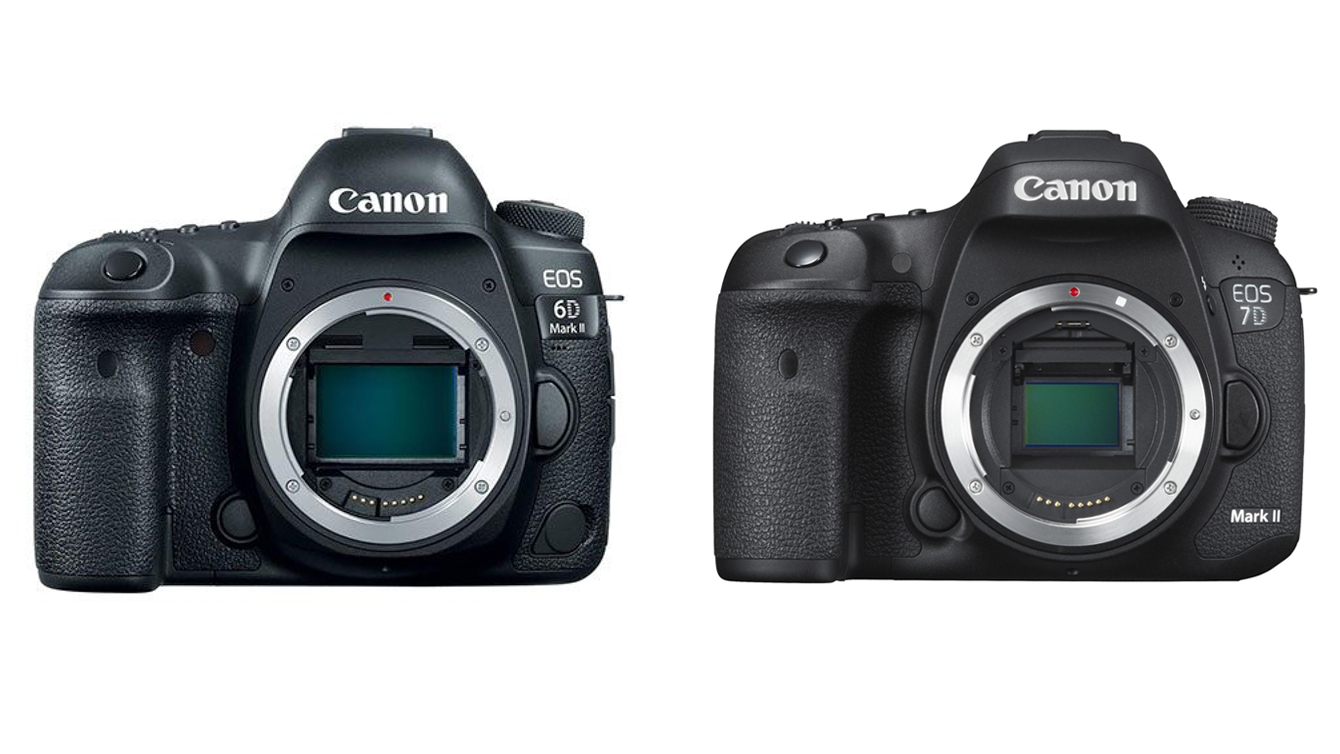
Despite its higher pixel count, the EOS 6D Mark II's larger sensor ensures each pixel is larger – and what we tend to find is that larger pixels usually make for better low-light performance and dynamic range.
In addition to higher resolution images and larger pixels is a greater ISO sensitivity range. The EOS 6D Mark II can shoot at ISO 100-40,000, and has expansion settings to ISO 50-102,400 equivalents, while the EOS 7D Mark II has a native range of ISO 100-16,000, which can be expanded up to ISO 51,200 equivalents. This gives the EOS 6D Mark II a 1.5EV native ISO range advantage.
Forgetting the advantages for each sensor format, the EOS 6D Mark II comes out on top here, with a higher megapixel sensor, larger pixels and a greater ISO range.
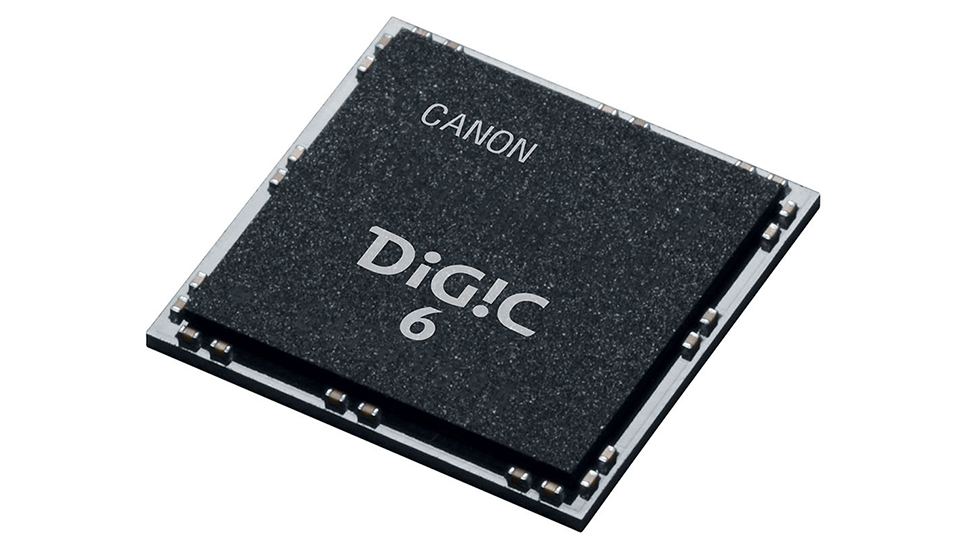
In terms of processing power, the EOS 7D MK II packs two previous-generation DIGIC 6 processors, while the EOS 6D Mark II features a single DIGIC 7 processor.
Canon EOS 6D Mark II vs Canon EOS 7D Mark II: Video
- Canon EOS 6D Mark II: 1080p (Full HD) up to 60fps
- Canon EOS 7D Mark II: 1080p (Full HD) up to 60fps
Video specs on both cameras are very similar. Both will shoot 1080p (Full HD) videos at frame rates up to 60fps, and neither offers slow-motion recording.
It may come as a surprise that the EOS 6D Mark II lacks 4K video recording. This is more understandable for the EOS 7D Mark II, which is three-years-old now, but many would expect to see this on a camera released in 2017.
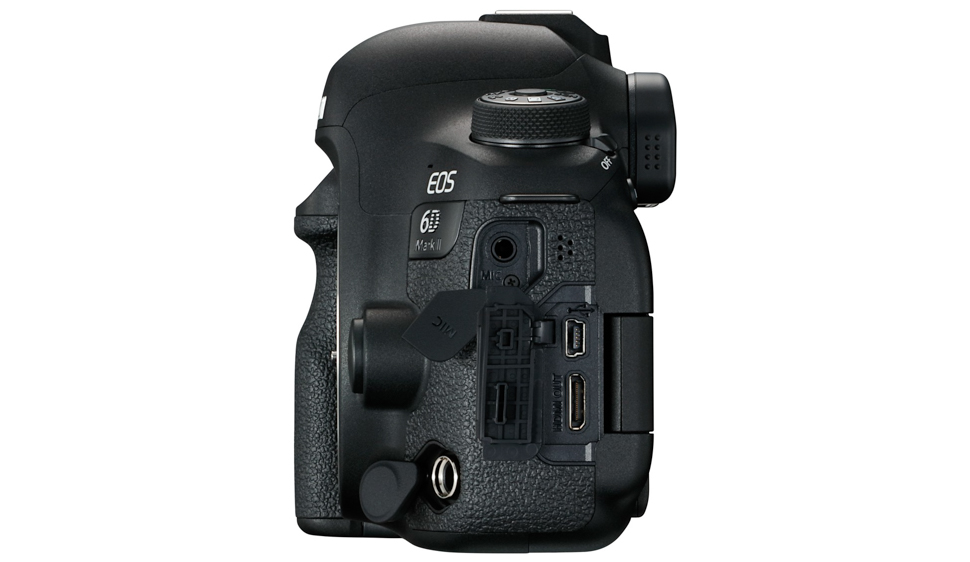
One thing it does have, however, is digital five-axis image stabilisation, something the EOS 7D Mark II lacks. Both systems do, however, work with the optical image stabilisation systems found inside many of the company's lenses.
Interface wise, both have a 3.5mm microphone socket and HDMI output, but the EOS 7D Mark II is the only one to feature a headphone jack.
Canon EOS 6D Mark II vs Canon EOS 7D Mark II: Burst shooting
- Canon EOS 6D Mark II: 6.5fps
- Canon EOS 7D Mark II: 10fps
The EOS 7D Mark II's continuous shooting mode is noticeably superior to that of the EOS 6D Mark II.
It can shoot up to 10fps for an infinite number of JPEGs or 31 Raw images, while the EOS 6D MK II can manage 6.5fps for up to 150 JPEGs or 21 Raw images. So, here, the EOS 7D Mark II is very much the victor.
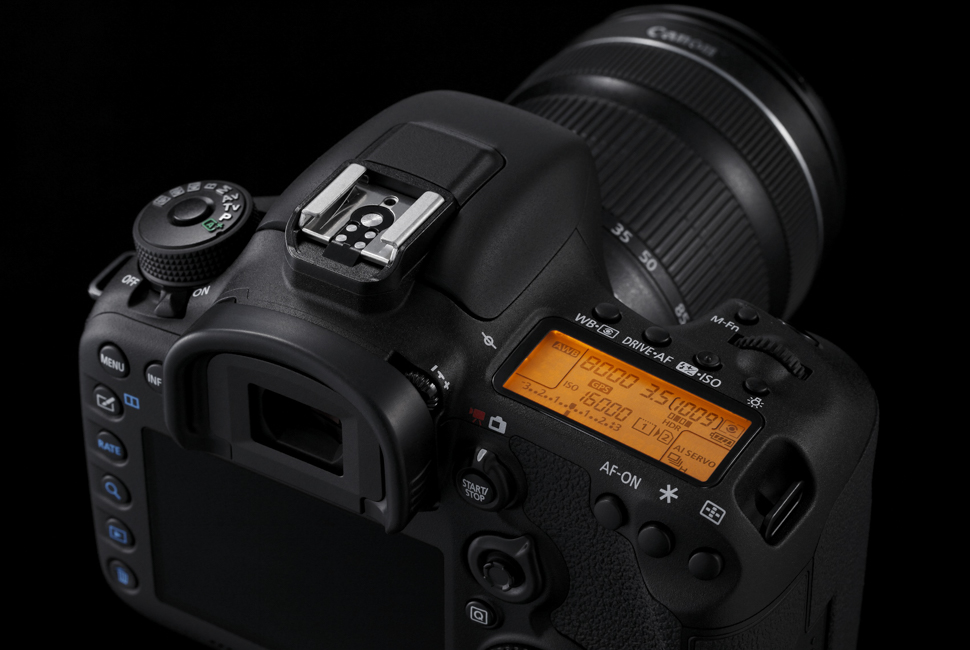
Canon EOS 6D Mark II vs Canon EOS 7D Mark II: Autofocus
- Canon EOS 6D Mark II: 45 all-cross-type AF points and Dual Pixel CMOS AF
- Canon EOS 7D Mark II: 65 all-cross-type AF points and Dual Pixel CMOS AF
Autofocusing appears to be very similar between the two.
The EOS 7D Mark II features a 65 cross-type AF points spread over a wide area, while the EOS 6D Mark II has 45 cross-type points more concentrated in the centre of the frame.
The EOS 7D Mark II's system has a dual-cross-type centre point sensitive to f/2.8, which remains cross-type to f/8, while the EOS 6D Mark II's centre point is f/2.8 sensitive as standard and dual cross-type to f/5.6.
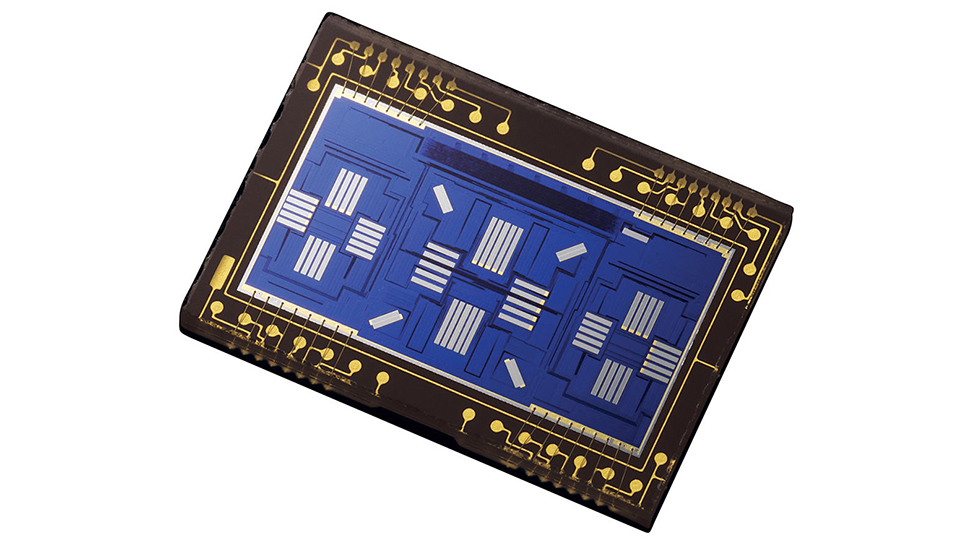
Both systems give an AF working range of EV -3 to 18, which is usable in conditions as dim as moonlight.
Both also feature Canon’s Dual Pixel CMOS AF, an on-sensor phase-detection autofocus that promises smooth focus during video and when using live view.
While similar, the EOS 7D Mark II appears to have the AF edge.

Canon EOS 6D Mark II vs Canon EOS 7D Mark II: Viewfinder and LCD
- Canon EOS 6D Mark II: 3in Vari-angle LCD touchscreen, 1.04million dots. Pentaprism viewfinder with 0.71x magnification and 98% coverage
- Canon EOS 7D Mark II: 3in fixed LCD screen with 1.04million dots. Pentaprism viewfinder with 1x magnification (0.63x effective) and 100% coverage
In the space of three years, the technology used in LCD screens has moved on.
The camera’s LCD screens are the same size and resolution, but what you get in the EOS 6D Mark II is touch functionality, which allows you to set the point of focus and capture the image through the screen alone, as well as navigate the menus and scroll through images.
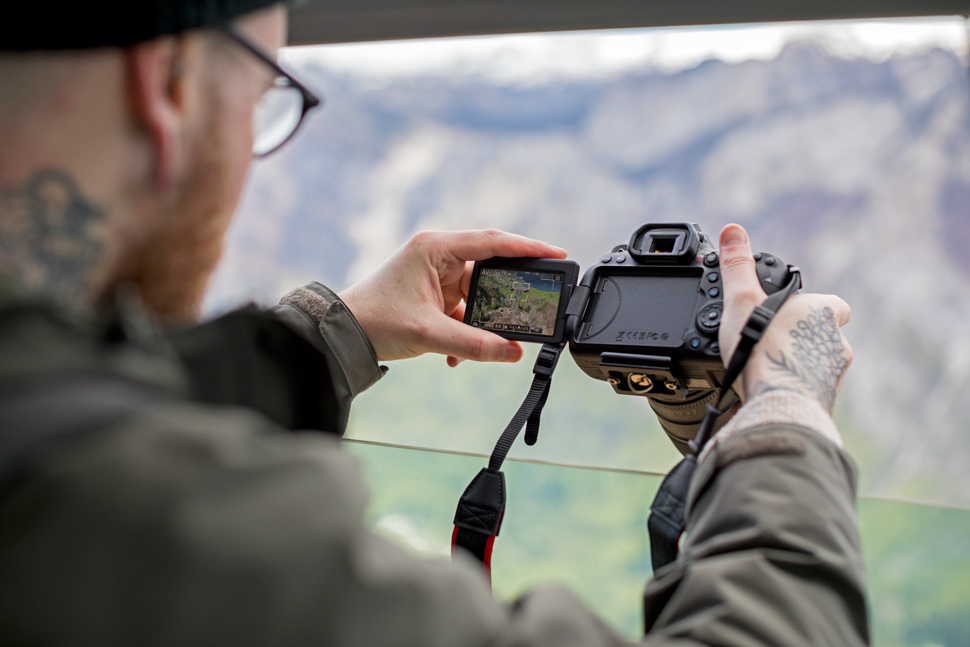
In addition, the EOS 6D Mark II screen is a Vari-angle design, which makes shooting from a variety of angles all the easier. By contrast, the screen on the EOS 7D Mark II is fixed in place. Both cameras also sport small LCDs on their top plates.
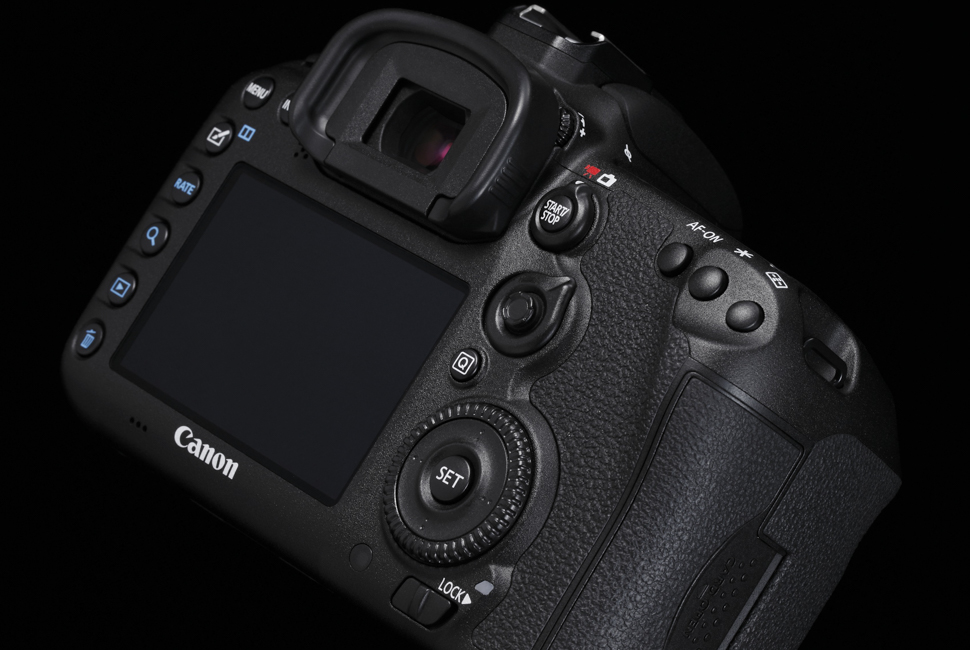
As for the viewfinders, they are somewhat similar, although viewfinder specifications can be confusing when you compare across sensor formats.
The EOS 7D Mark II has a superior 1x magnification to the 0.71x magnification of the EOS 6D Mark II, but that does not take into account the 1.6x crop factor. The result is a 0.63x equivalent magnification.
Put the cameras side by side and the viewfinder of the EOS 6D Mark II presets a slightly larger view – and that’s one of the benefits of the larger sensor format. It does, however, only show approximately 98% of the scene, as opposed to the approximate 100% coverage of the EOS 7D Mark II's viewfinder.
Even so, when both viewfinder and LCD are considered together, it's the EOS 6D Mark II that comes out on top.
Canon EOS 6D Mark II vs Canon EOS 7D Mark II: Build and design
- Canon EOS 6D Mark II: 144 x 110.5 x 74.8mm; 765g (inc. battery and card)
- Canon EOS 7D Mark II: 148.6 x 112.4 x 78.2mm; 910g (inc. battery and card)
Both cameras are classed as mid-size DSLRs, with virtually the same dimensions. However, the EOS 7D MK II is heavier at 910g to 765g. Both have a similar control layout, though; know your way around one and the adjustment to the other will be quick.
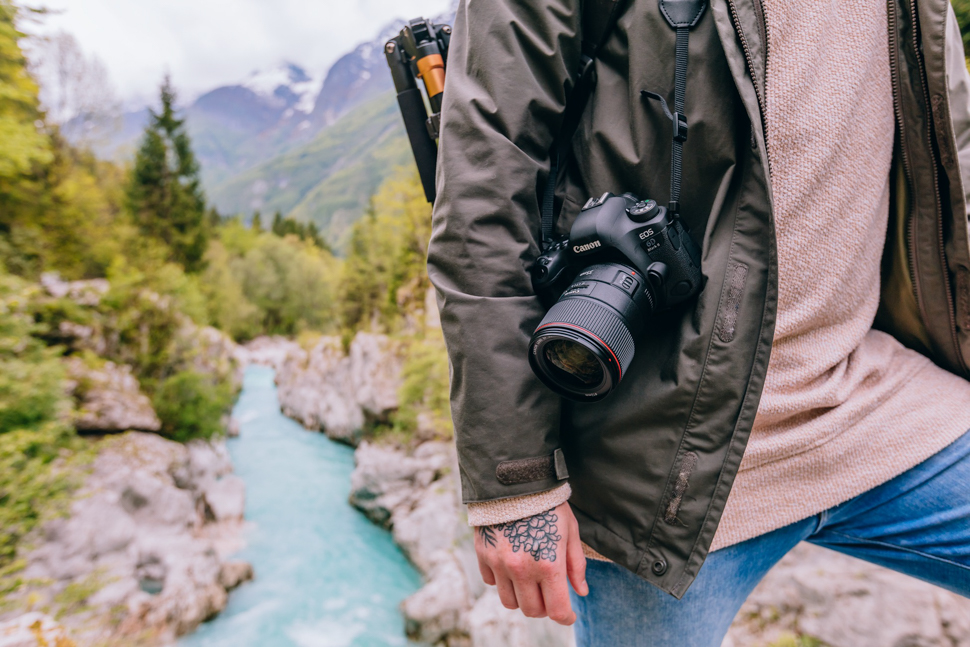
In many other ways, the EOS 7D Mark II is very much a professional camera, with a magnesium alloy used for both the chassis and outer panelling. It’s classification as enthusiast seems to be based on sensor size rather than build quality and performance.
The EOS 6D Mark II is made from a mix of aluminium-alloy chassis and a largely polycarbonate body, although both bodies are weather resistant.
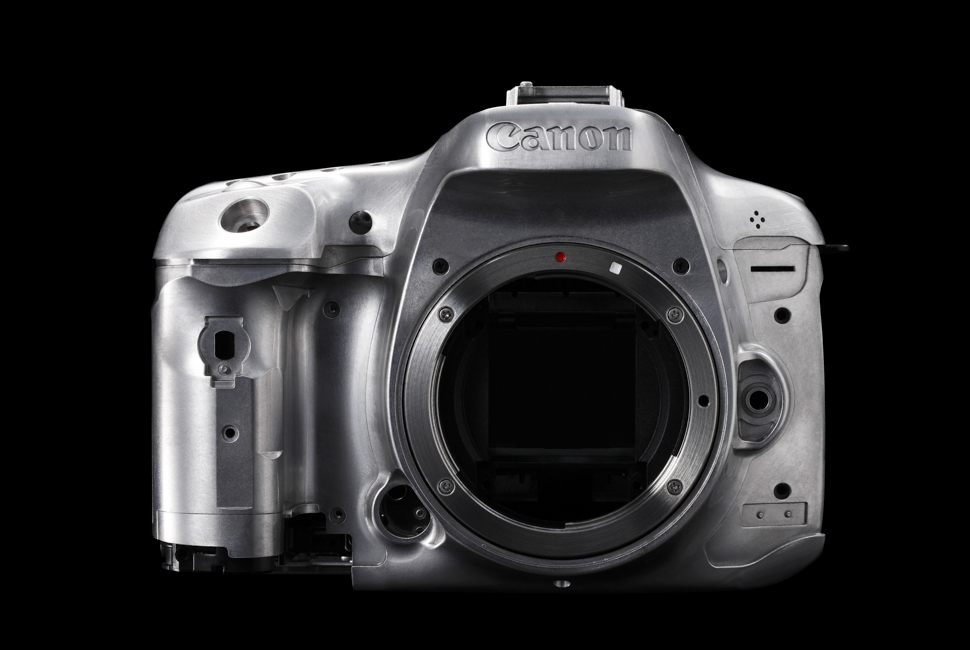
The EOS 7D Mark II features twin memory card slots (one CompactFlash and one SDHC/SDXC) as well as a USB 3.0 connection, while the EOS 6D Mark II only has a single SDHH/SDXC card slot and USB 2.0 connection.
Another feature found only in the EOS 7D MK II is its built-in flash, which has a GN of 11m at ISO 100, although both have a hot shoe for the use of external units.
Canon EOS 6D Mark II vs Canon EOS 7D Mark II: Other features
- Canon EOS 6D Mark II: Built-in Wi-Fi; single SD card slot
- Canon EOS 7D Mark II: No Wi-Fi; SDHC/SDXC and CompactFlash card slots
Being three-years-old, the EOS 7D MK II came when the Wi-Fi wave was more of a ripple.
As such, the EOS 6D Mark II is more impressively specced here, with Wi-Fi, Bluetooth and NFC wireless connections. Through Canon’s Camera Connect app, users can control the camera from their smartphone and upload/share images easily.
Read more: The best full-frame DSLRs

Features found in both cameras include built-in GPS and intervalometer shooting mode.
Another small difference is that the EOS 7D Mark II's top shutter speed goes to 1/8000sec, while the EOS 6D Mark II has a 1/4000sec limit.
It’s a mixed bag here, with both cameras having distinct advantages over the other, but the EOS 6D Mark II undoubtedly benefits from newer technology.
Canon EOS 6D Mark II vs Canon EOS 7D Mark II: Battery life
- Canon EOS 6D Mark II: 1,200 shots
- Canon EOS 7D Mark II: 670 shots
Both cameras use the same LP-E6N battery, but you wouldn’t know it from looking at the spec sheet.
The EOS 6D Mark II can shoot for almost twice as long as the EOS 7D Mark II. It seems as though Canon has been able to make a camera that consumes less power in the newer EOS 6D Mark II.
You can also use either camera with a battery grip should you need extra power.
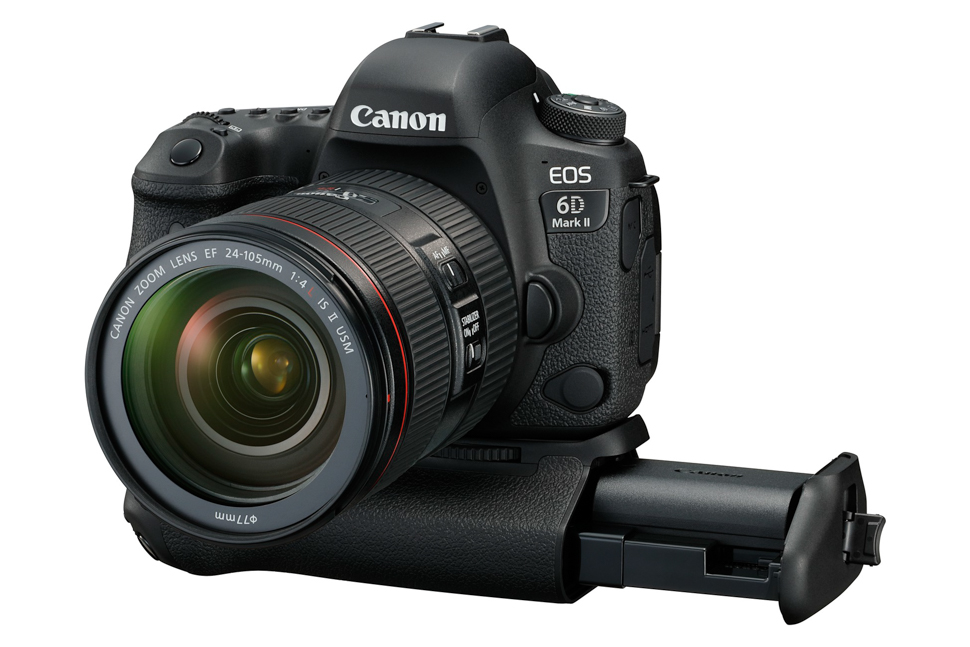
Verdict
As we can see from the EOS 6D Mark II's main features, three years is quite some time in terms of digital camera technology.
The new camera features a larger sensor, higher-resolution images and greater ISO sensitivity range. Handling wise, it's more versatile too, with wireless control and a fully articulated LCD screen with touch technology. Its pentaprism viewfinder is also larger.
Another clear benefit of the EOS 6D Mark II is its superior battery life, which gives almost twice the shots as the disappointing 670 shot-life of the EOS 7D Mark II.
So does the EOS 7D Mark II outperform the EOS 6D Mark II in any areas at all? Yes it does. Its continuous shooting mode is considerably faster, and it can maintain this for longer too. It also has an autofocus system with a wider AF-point array and twin memory card slots. Additionally, its build quality is a tad better.
Then comes the price; the older Canon EOS 7D Mark II is around a third cheaper than the newer EOS 6D Mark II. Given the difference in sensors and age of the two bodies we should expect there to be a difference, but right now it's a considerable one.
Considering either camera? Check out our best deals below.
Read more: Nikon D850 vs Canon EOS 5D Mark IV: Features compared
Get the Digital Camera World Newsletter
The best camera deals, reviews, product advice, and unmissable photography news, direct to your inbox!
